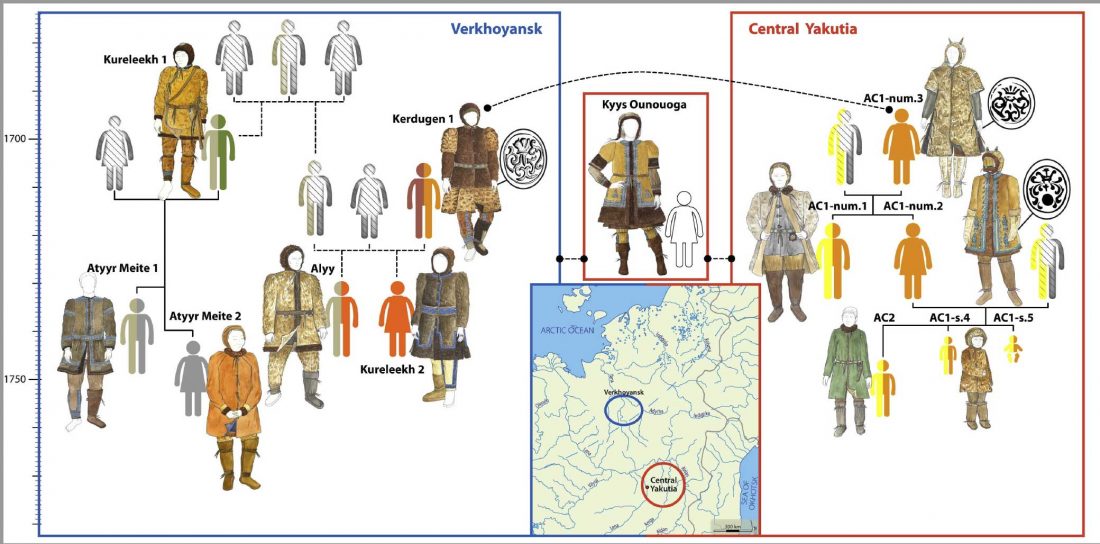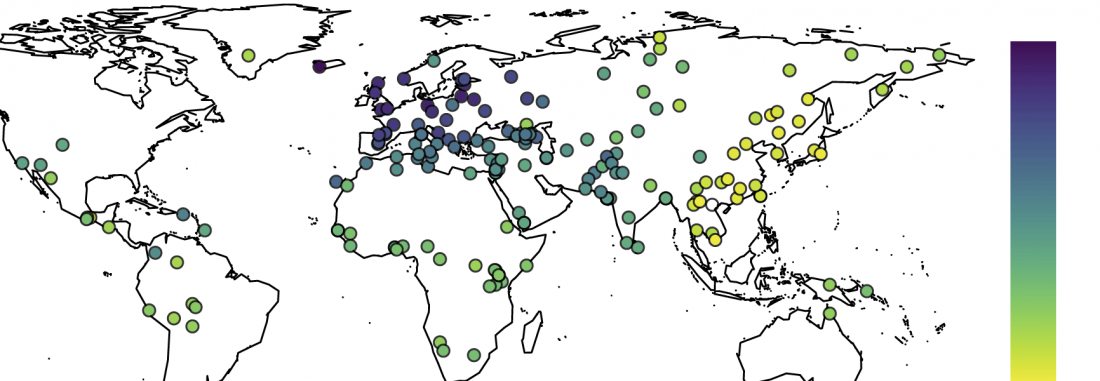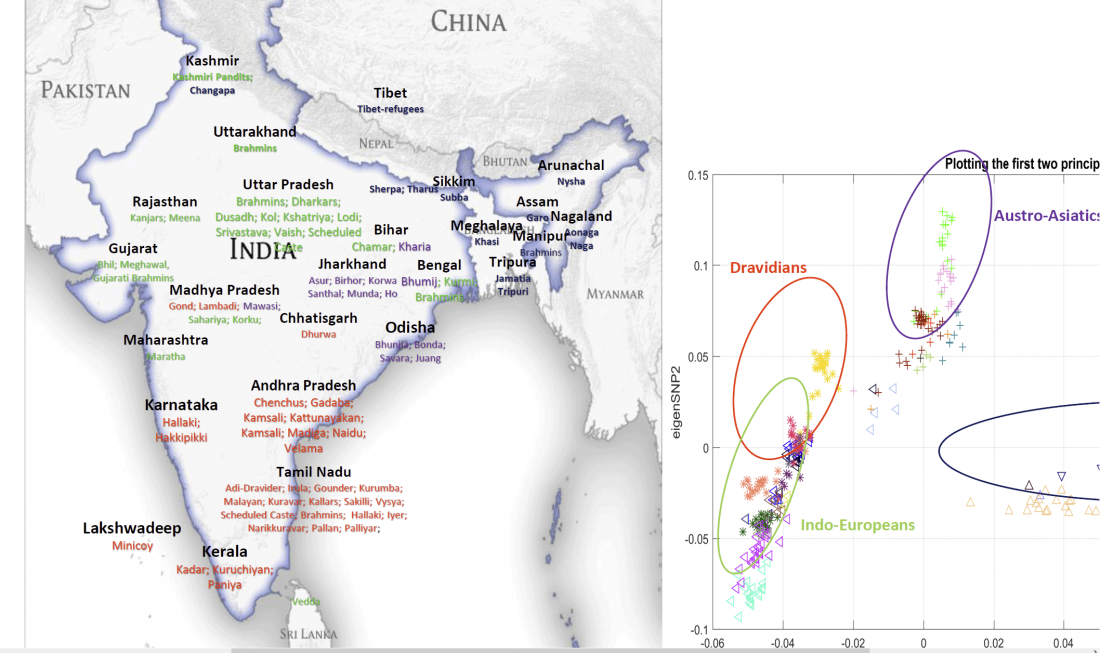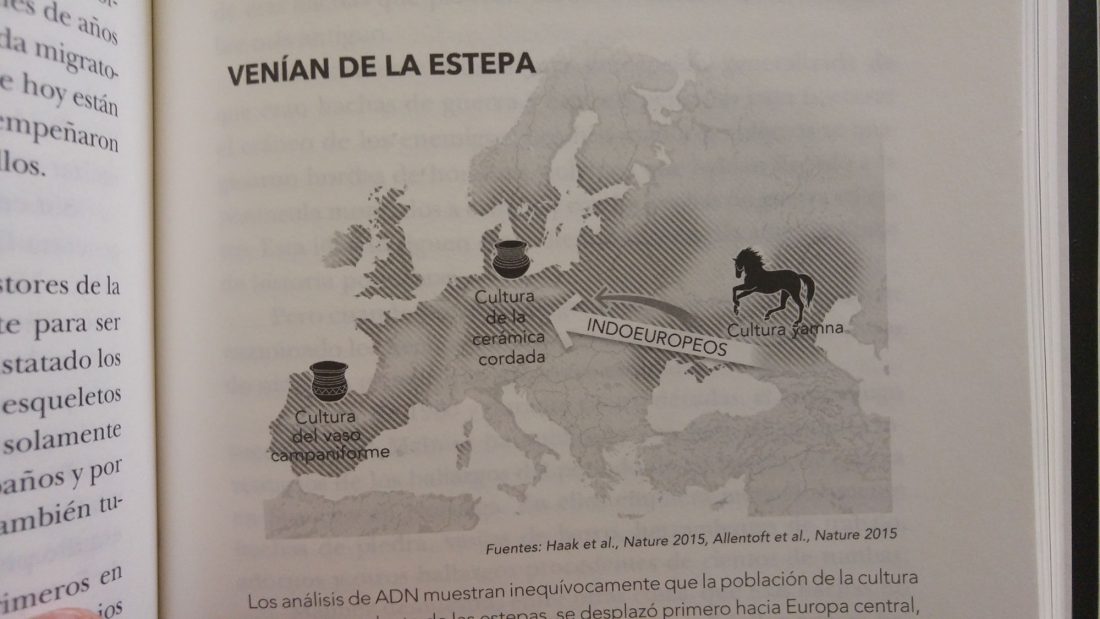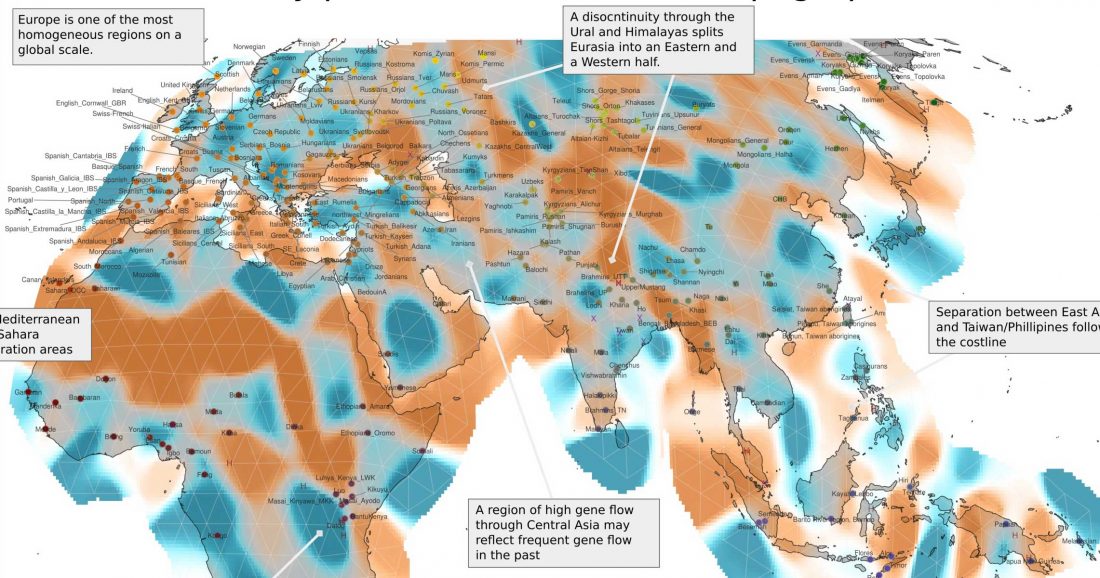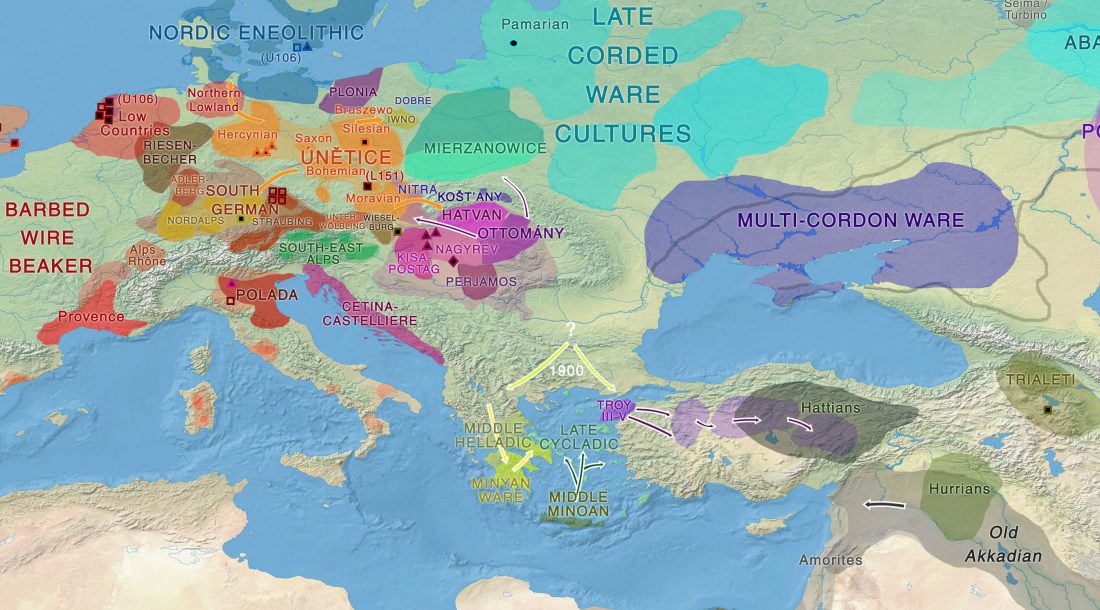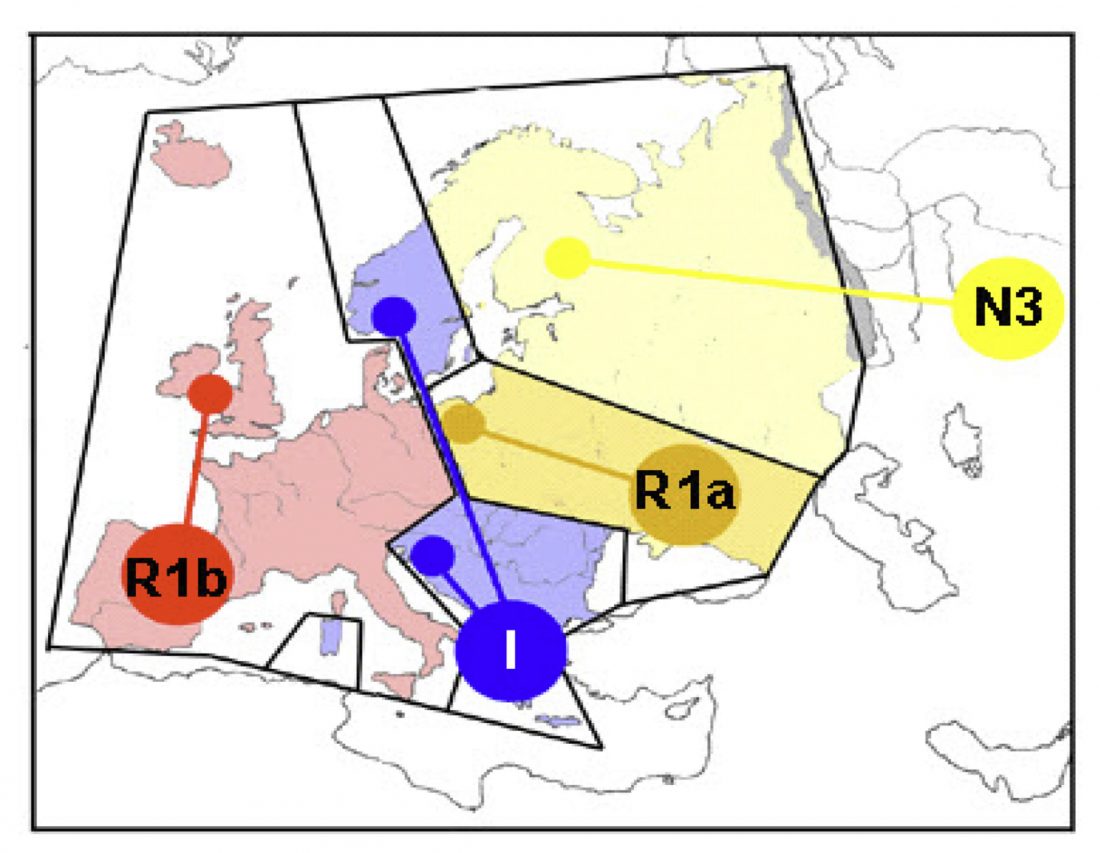A preprint paper has been published in BioRxiv, Relationships between clans and genetic kin explain cultural similarities over vast distances: the case of Yakutia, by Zvenigorosky et al (2017).
Abstract:
… Read the rest “How to do modern phylogeography: Relationships between clans and genetic kin explain cultural similarities over vast distances”Archaeological studies sample ancient human populations one site at a time, often limited to a fraction of the regions and periods occupied by a given group. While this bias is known and discussed in the literature, few model populations span areas as large and unforgiving as the Yakuts of Eastern Siberia. We systematically surveyed 31,000 square kilometres in the Sakha Republic (Yakutia) and completed the archaeological study of 174
